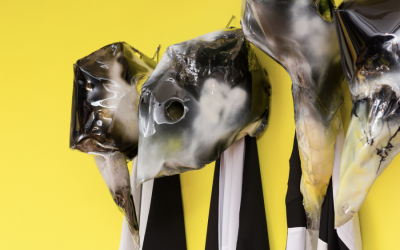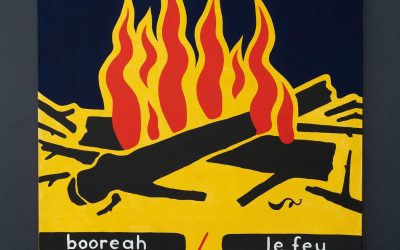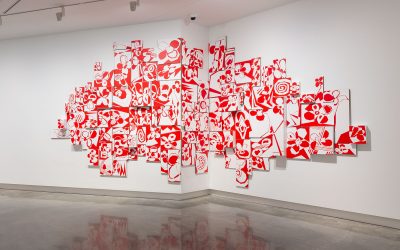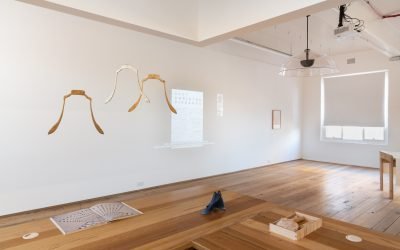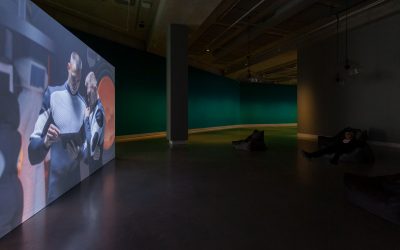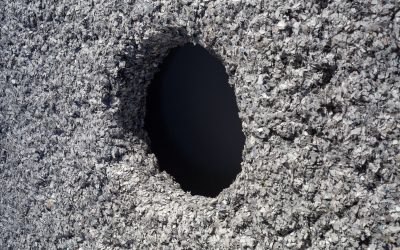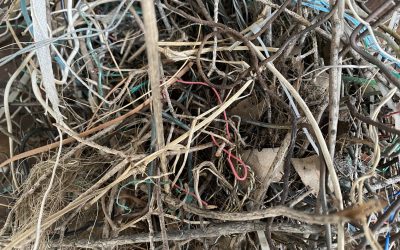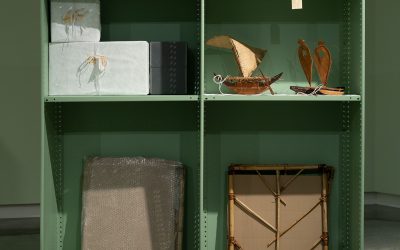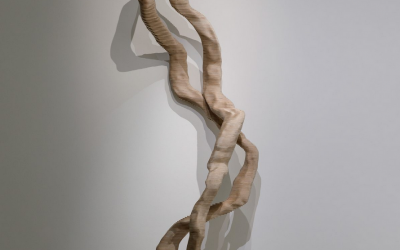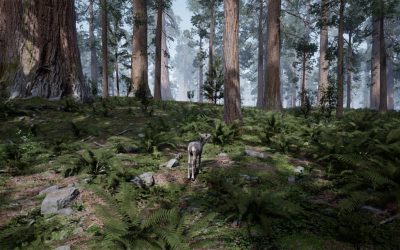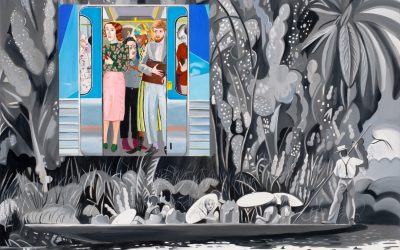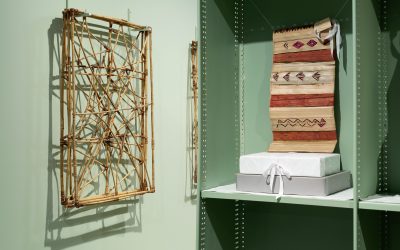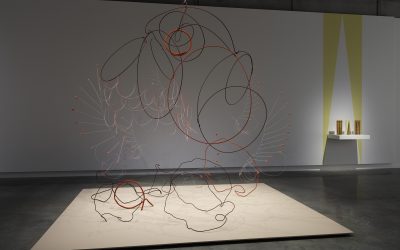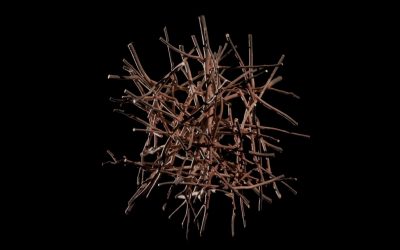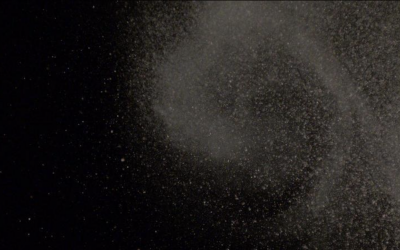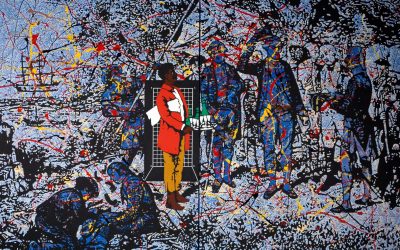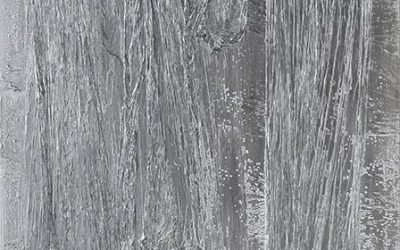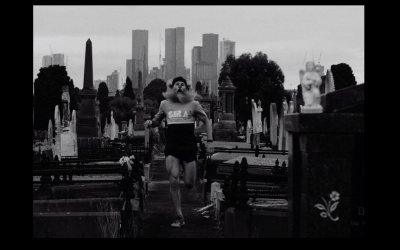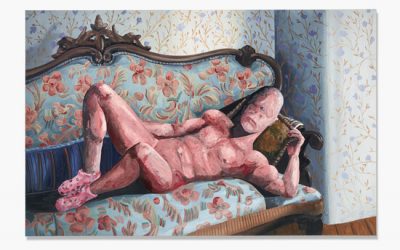NEWS
Exhibition Visits
Exhibition Visit : nightshifts 26 May until 29 October 2023 A contemplative new group exhibition that considers the importance of solitude through contemporary arts practice. Free, self-directed visits, supported with an online resource and extend the student...
Art Guide: Mikala Dwyer on mysticism, daydreaming and ‘not-knowing’
Tiarney Miekus recently interviewed Buxton Contemporary Collection artist Mikala Dwyer for Art Guide Australia. On the occasion of Dwyer's exhibition Bird at Roslyn Oxley9 in Sidney, Miekus writes: Vivid yet mysterious, Mikala Dwyer’s installations connect a range...
‘Octopus 21: On Fire’, Gertrude Contemporary, Melbourne, 26th June – 15 August 2021.
The works by Buxton Contemporary Collection artists Tracey Moffatt and Gordon Bennett are included in Octopus 21: On Fire curated by Tim Riley Walsh: Octopus 21: On Fire is an iteration of Riley Walsh’s exhibition and publication project On Fire: Climate and Crisis...
Buxton Contemporary artists included in Conners Conners Fundraiser
Buxton Contemporary collection artists Rob McHaffie, Rose Nolan and Tony Garifalakis, and This is a poem featured artist Lou Hubbard have kindly donated works for the Conners Conners fundraiser exhibition. Established in November 2019, Conners Conners aims to provide...
Fayen d’Evie at Westspace, Melbourne, 10 July – 5 September 2021
Westspace presents Fayen d’Evie's exhibition We get in touch with things at the point they break down // Even in the absence of spectators and audiences, dust circulates... Working as both artist and curator, d’Evie advocates for radical accessibility within the...
Laresa Kosloff New Futures™, 11 June- 3 July, Sutton Gallery, Melbourne
New Futures TM is the third in a series of short films by Laresa Kosloff with the use of commercial stock footage to explore the sociopolitical conditions of late capitalism. This new film tells the story of a biohacking company that can medically upgrade...
Nicholas Mangan in ‘Trust & Confusion’, Tai Kwun Contemporary, Hong Kong, 5 May- 5 December 2021
Buxton Contemporary collection artist Nicholas Mangan is included in the curated exhibition Trust and Confusion held at Tai Kwun Contemporary, Hong Kong. Trust & Confusion is about the conversation of certainty and chance; the transformative power of bodies,...
Mikala Dwyer ‘Ode to the ʻōʻō’, Gertrude Glasshouse, Melbourne, 18 June – 10 July 2021
Mikala Dwyer in collaboration with composer James Hayes presents Ode to the ʻōʻō a sound and sculptural work in the Gertrude Glasshouse space. Carceral-like architectures of animal captivity are suggested through the use of sound. Expanding on the artist’s recent...
Taloi Havini, ‘The Soul Expanding Ocean #1’, Ocean Space, Venice, Italy, 3 May – 17 October 2021
Taloi Havini presents The Soul Expanding Ocean #1, a new ambitious work commissioned for Ocean Space in Venice, Italy, as a part of a two-year curatorial cycle entitled The Soul Expanding Ocean and curated by Chus Martínez. In November and December 2020, Havini was a...
‘TarraWarra Biennial 2021: Slow Moving Waters’, TarraWarra Museum of Art, open till 11 July 2021
Buxton Contemporary Collection artists Daniel Crooks and Raquel Ormella have each been commissioned to create new work for the TarraWarra Biennial 2021: Slow Moving Waters. Curated by Nina Miall, the exhibition responds to two related cues: the idea of...
MeMO: Grant Stevens, ‘Fawn in the Forest’
Reviewing Grant Stevens’ Fawn In The Forest Phillip Brophy writes: I’m writing this while Fawn In The Forest “plays” on my second screen. Or is it “happening”? Maybe it’s “running”. It just keeps going, as if its status as image is somehow in motion, fluid,...
Rob McHaffie “A cuddle is understood universally”, Darren Knight Gallery , Sydney, 17 April – 15 May 2021
Buxton Contemporary collection artist Rob McHaffie presents a new series of paintings in A cuddle is understood universally held at Darren Knight Gallery in Sydney. A keen observer of everyday life, he draws on subjects close at hand to explore what is happening...
Taloi Havini joins Board of Directors, Artspace Sydney
Taloi Havini, included in This Brittle Light: Light Source commissions 2020-2021, has been appointed to the Board of Directors of Artspace, Sydney. ⠀ On her appointment Taloi said, “I am absolutely delighted to join the Artspace Board of Directors. The level of trust...
‘Know My Name: Australian Women Artists 1900 to Now’, NGA, Canberra: Part one closes 9th of May 2021
Only a few days left to see Know My Name: Australian Women Artists 1900 to Now Part one, and Transfer Station 1 (2011) by Buxton Contemporary Collection artist Mira Gojak at the National Gallery of Australia in Canberra. The work was previously exhibited at Buxton...
Art Guide: ‘This Brittle Light’
In a recent review of Buxton Contemporary's current exhibition This Brittle Light in Art Guide Giselle Au-Nhien Nguyen writes: "I feel moved by What Goes Around, a video work by father and son Hossein and Nassiem Valamanesh, which animates a previously existing...
‘A World Undone’ by Nicholas Mangan co-acquired by Tate and the MCA
Nicholas Mangan's film, A World Undone (2012), has been co-acquired by Tate and the Museum of Contemporary Art Australia (MCA). As part of the International Joint Acquisition Program for contemporary Australian art, The MCA and Tate have announced the acquisition of...
‘Unfinished Business: The Art of Gordon Bennett’ at QAGOMA, Brisbane, until 21 March 2021
Unfinished Business: The Art of Gordon Bennett is the first large-scale exhibition of Buxton Contemporary Collection artist Gordon Bennett’s work and features 200 artworks ranging from installation and sculptural assemblage to painting, drawing, video and ceramics.
Louise Weaver and Stephan Bram, ‘A shining light’, Geelong Gallery, 2020 – 21 February 2021
Buxton Contemporary Collection artists Louise Weaver and Stephan Bram are included in A shining light, an exhibition of new works acquired by Geelong Gallery over the past year. The exhibition takes its title from a 1986 song The shining path by British group Shriekback, and the song’s opening lines resonate in this uncertain times: ‘We had lived a blessed time but we knew nothing’.
Shaun Gladwell ‘Homo Suburbiens’, Anna Schwartz Gallery, Melbourne, 6 February – 24 April 2021
Buxton Contemporary collection artist Shaun Gladwell presents new works at Anna Schwartz Gallery in Melbourne: Homo Suburbiens at Anna Schwartz Gallery showcases recent works by leading Australian artist Shaun Gladwell, offering a dialogue between the moving image...
David Griggs, ‘The Ashtray Reader’, Station Gallery, Melbourne, 23 January – 20 February 2021
An exhibition of new paintings by Buxton Contemporary Collection artist David Griggs is currently on view at Station Gallery, Melbourne and will be open to public until 20th of February 2021 with the closing event to be confirmed. Griggs’ new phantasmagoric portraits draw on the pop cultural archive of horror and surrealist collage techniques.
